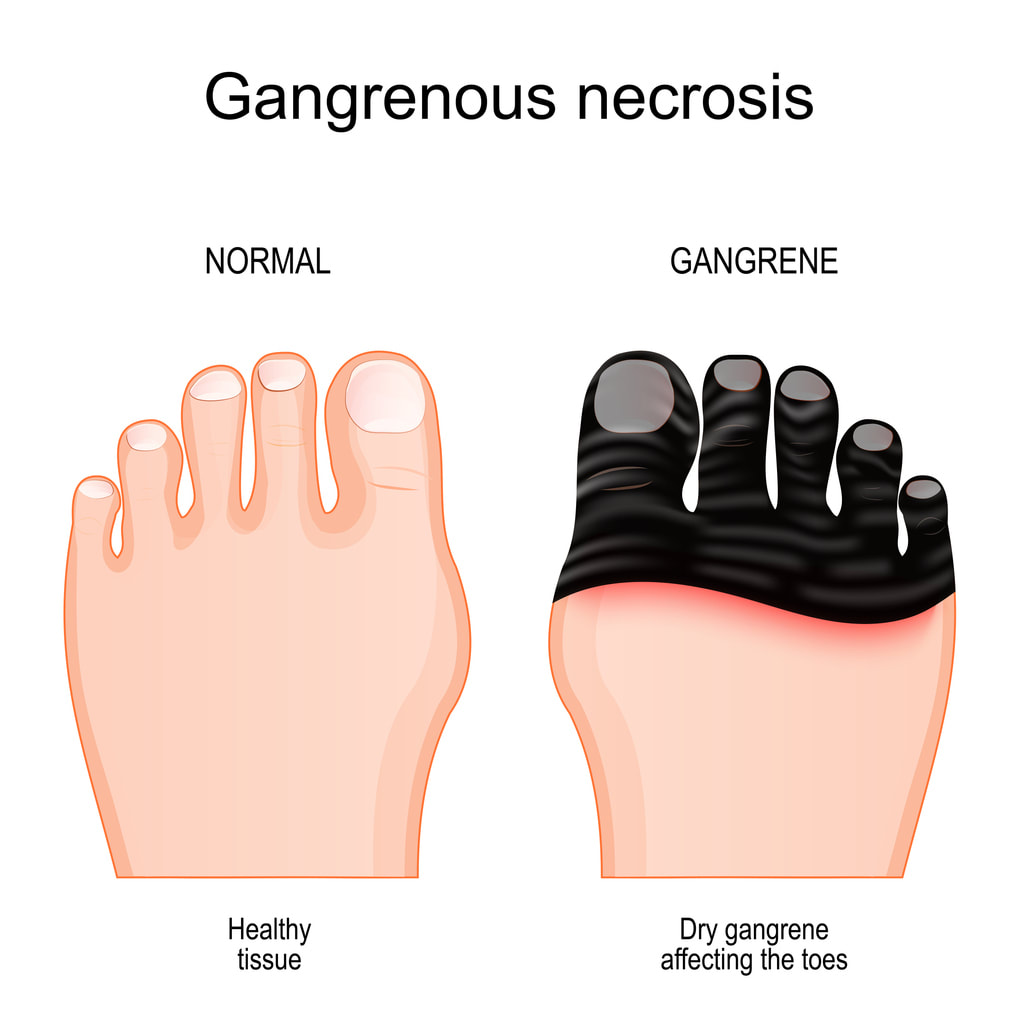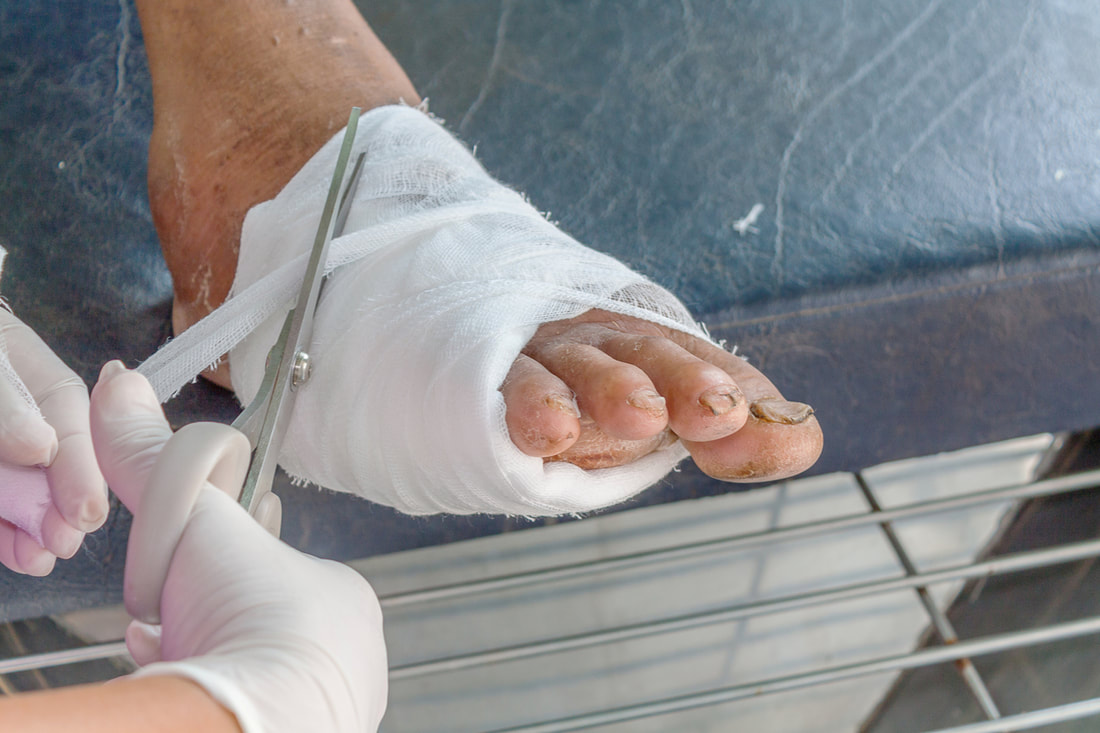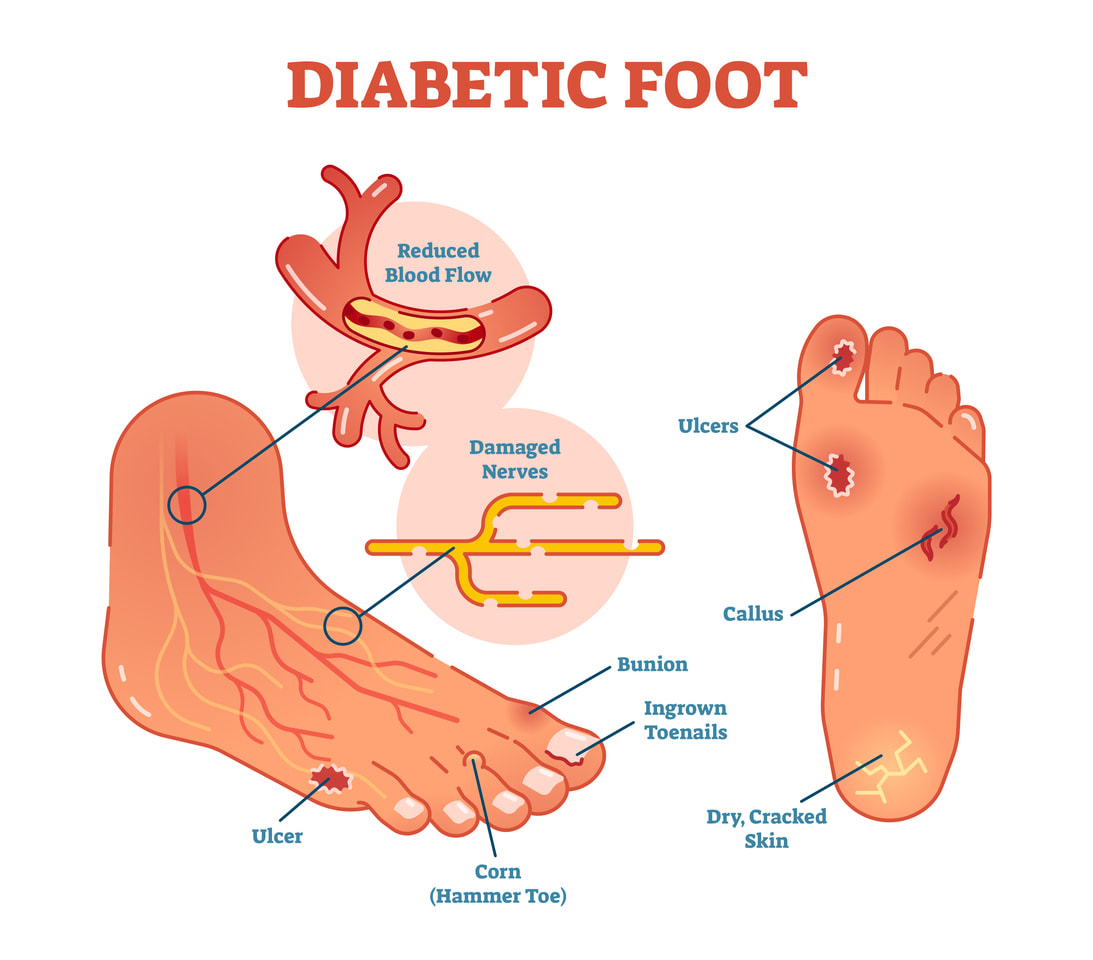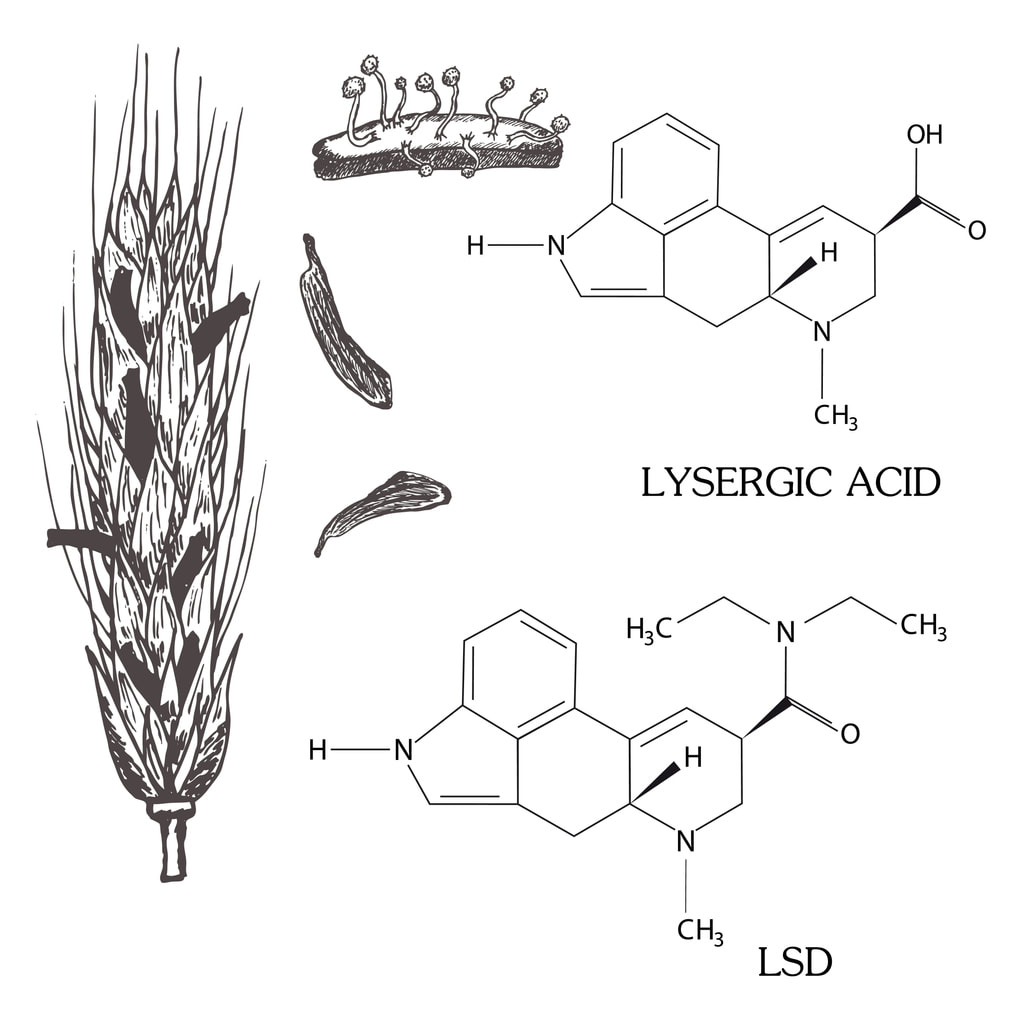- Home
- About
- Fees & Forms
- Homeopathy
-
Health Topics
- Autism
- Reducing the Risk of Autism, ADHD and other Developmental Disorders
- ADHD and Learning Disabilities
- Behavioural Concerns, Anxiety
- Speech and Language Disorders
- Sensory Processing Disorders
- Neurological Disorders
- Immunological Disorders
- Homeopathy and Medication Injuries
- Homeopathy and Vaccine Injuries
- Allergies and Asthma
- Ear Infections
- Adult Care
-
Resources
- Dispensary
- Homeopathy training - autism management and more
- E-books
- Child Development
- Diet and Nutrition
- Spiritual and Energy Healing
- EMF and radiation testing and protection
- Pre- and Perinatal Trauma
- Videos
- Controversies
- Vaccine Controversy
- Vaccine Research and Resources
- Immune System and Vaccines Video Library
- Blogs
- Contact
- Buy Homeopathic Remedies around the World
|
By Anke Zimmermann, BSc, FCAH A Close Call(Names have been changed to protect individual's privacy.) “Hi Anke, it’s about my mother,” Will Hampton was on the phone, sounding distressed. “The doctors want to amputate her leg within in a week. I don’t think she would survive it. She is 84 years old and so weak.” He was almost crying. “I don’t want her to die on the operating table. Is there anything you can do? Can you see her tomorrow?” Will was an old friend of mine. Of course I would see his mother tomorrow. The next day, Will arrived at my office with his mother in a wheelchair. My office at the time was not easily wheelchair accessible, in fact, patients had to negotiate several steps to enter the building, but before I knew it a resolute and burly Will Hampton had scooped his tiny, fragile-looking mother up in his arms and carried her right into my consultation room. He deposited her tenderly into one of my large, comfortably upholstered office chairs, which seemed to swallow up the small figure. Diabetic Foot UlcerMarie Hampton was 84 years old and looked as if she did not weigh a pound more than her age. Her entire body was severely crippled with arthritis, especially her hands, which looked gnarled and painfully twisted. Her sea-blue eyes matched those of her son’s and were still bright and lively, as was her mind. “Look Anke,” she said, tugging at her beige trouser legs to reveal a large bandaged area around her left foot. Her entire foot and lower leg were visibly swollen. “It’s a fine mess. Be careful taking off the bandage.” “How long has it been like that?” I asked, starting to unwrap her foot. “Five days now. First my foot and toe suddenly turned red and swelled up like a balloon. Two days ago my big toe started turning black. It’s getting worse every day.” By now I had removed the entire dressing. Her foot was a deep purple colour and her big toe was a shocking charcoal black. Peripheral Vascular Disease “The doctors say that they need to amputate the leg just below the knee as soon as possible, because the toe is becoming gangrenous, “explained Will. “Mom has peripheral vascular disease caused by her diabetes and arthritis.” Will knew his medical terminology. Peripheral vascular disease refers to a disease process of the small blood vessels supplying blood to the extremities, a common complication of diabetes. The blood vessels become narrowed and clogged up until there is no circulation left and the tissues are starved of oxygen and nutrition. “The doctors say that the toe is also infected and if the leg does not come off the infection will spread quickly, possibly killing Mom,” said Will. “Mom is on antibiotics, but they’re not working.” GangreneGangrene is a serious complication of diabetes caused by the decaying and dying off of body tissue as a result of lack of blood flow or circulation. Approximately 85% of all amputations in patients with diabetes are caused by gangrene. In fact, this condition is the most common cause of non-trauma induced amputation in North America, and on the rise. As mentioned, Will had already confessed his fears that his mother would not survive such a serious operation. “Besides, Mom told me that she would never agree to an amputation,” he had said. “Mom swears she would rather die than go through with it. I told doctor F about this and she said that was a normal reaction, but that the amputation would improve my mother’s quality of life. What do you think?” “I don’t know, Will, let me take a look first.” “Dr. F then told me that in any case, Mom was old and it would be a good thing if she died on the operating table if she wanted to go anyway! Needless to say, I was very upset. That’s when I called you.” “I can’t promise you anything, but I’m glad you called.” “I felt there was nothing to lose by seeing you,” he said. I heard that remark hundreds of times. Impending AmputationSo here we were, one week away from a leg amputation. The only thing that worried me was that I had never actually seen a case of gangrene before. At least not in a human anyway. I had, however, seen a squirrel with impending gangrene only about a month before. Yes, a squirrel. I had a friend in the neighbourhood who volunteered for a wildlife rehabilitation service and who regularly took care of injured or abandoned wild animals in her home. I would often see Valerie on doggie walks in the neighbourhood and naturally asked her what kinds of critters she was looking after at the moment. She took care of raccoons, birds, sometimes a fawn, but most often she looked after squirrels, sometimes as many as six or seven of them at the same time. Valerie was a squirrel rehab expert. She was also very interested in natural methods of healing, especially homeopathy, which she often successfully used for her little charges. She knew that I was also very interested in animals and therefore occasionally shared stories about her four-legged patients with me. A couple of months ago, she had told me about three baby squirrels with diarrhea, that had lost their mother and were not doing well. I told her about a little homeopathic diarrhea complex, which cleared them up in no time. As a friend, not as a vet. Jack the SquirrelHer most recent little charge was a full-grown grey squirrel, named Jack by Valerie, which had suffered an unfortunate encounter with a piece of string. The string had wrapped itself tightly around one of its hind legs just above the foot, cutting off the circulation and leaving him unable to walk. The offending string had been removed as soon as Jack had been found, but the circulation was not returning to the foot and gangrene seemed imminent. Valerie’s vet had suggested to wait one more day before putting the little fellow to sleep as gangrene would mean a slow, cruel death. So here I was, never having seen a case of impending gangrene, not to mention a case of impending gangrene in a squirrel. (Please note, I again advised her as a friend, not as a practitioner, I am not a vet.) Arsenicum and Secale cornutumWe didn’t have any time to lose. A quick computer search of the homeopathic remedies commonly used in cases of gangrene brought up a couple of likely choices, the two most promising being Secale cornutum, a remedy prepared from rye smut (a black mold that grows on rye kernels) and Arsenicum album, a remedy made from, yes, Arsenic. These choices may not seem particularly appetizing to a lay person, but every homeopath is quite fond of them, especially of Arsenicum album. What would we do without it in cases of food poisoning and Montezuma’s revenge? No trip to Mexico is complete without a little Arsenicum album! The Search for the RemedyThen I discovered that we did not carry any Secale cornutum in our otherwise quite well-stocked dispensary. “Who else might have some?” asked Valerie, undeterred. “I’ll go and pick it up.” A few phone calls later we had found a compounding pharmacy in Toronto which carried the remedy. Valerie took her little charge, jumped into her automobile and sped off for the one-hour drive from Newmarket to Toronto to collect the remedy and give it to Jack right there and then. I anxiously waited to hear from her the next day. My experience with homeopathic remedies when given in acute conditions has always been that a change could often be expected within minutes and at most within a day. Valerie called me around 11 am the next morning. “Anke, I think it may be working. I gave the remedy every hour as you said and today Jack’s foot looks a little more pink.” “Great news, Val, give the remedy a little less often, around every three to four hours, and call me again tomorrow,” I said. Recovery!Jack the squirrel recovered completely within a few days and was released back into the wild. I was happy that he had done so well, but frankly, I was not entirely sure if the remedy had in fact helped at all or if our little friend would not have regained his health on his own anyway. I next saw Valerie a couple of weeks later on one of my usual doggie-walks with my little dog, Kylie. “Hey, Anke, guess what?” she began. “Right after we treated little Jack, one of my co-workers told me she was scheduled to have a toe amputated. Gangrene again, caused by diabetes. I told her about Jack and she asked if she could take the same thing. We figured it wouldn’t hurt, so I gave her Jack’s leftovers and within two days her toe felt better. Her doctor said she doesn’t need the amputation any more!” Nothing quite like playing doctor, or vet for that matter, is there? Third Time Lucky?So I decided to take a chance and give Mrs. Hampton a dose of Secale cornutum, 200 CH right in my office. Luckily I had ordered some for the clinic soon after the encounter with Jack. I also recommended some Vitamin E as well as Ginkgo biloba extract to further support the circulation to her foot. I told Will to keep a close eye on his mother’s condition and call me the next day to report on any changes. I did not have long to wait: “The blue colour on Mom’s foot is better; it looks more like a dark pink now,” reported Will around 10 am the next day. “The black on the toe is waning, too, it now looks more brown. Could it be working that fast?” “Maybe, Will, I hope so anyway,” I said. “The swelling is better, too!” He was thrilled. He called me again closer to 5 pm, this time sounding a little less happy. “Anke, Dr. F. won’t give my mother the supplements you prescribed.” “Oh, how come, Will?” “I don’t know. I just went to see Mom again to check on her foot and got so upset!” “What, is her foot worse?” “No, it is even better than this morning, the nurse said so, too. I was so upset about the vitamins that Nancy the charge nurse told me to calm down or I’d have a stroke!” I had to suppress my laughter. I could just see him there, throwing a tantrum. Will was an expressive man, to say the least. Complications“Did Dr. F call you yet?” “No, she hasn’t, did she want to speak to me?” “Well, she said she would call you about the vitamins.” “That would be good. But don’t worry, your Mom is getting better even without them. The homeopathic remedy is already doing the job.” “Yeah, I guess. But I want to do everything we can. Mom and I are going to see Dr. B tomorrow morning, he is the specialist who wants to do the amputation.” “Good luck, call me right after you see him please, let me know what he thinks.” I was hopeful. Will called me around 1 pm the next day. Amputation Cancelled“Mom just ate a huge lunch,” he said excitedly. “I haven’t seen her eat this much in ages. And Dr. gave us fantastic news: Mom does not need the amputation any more!” He told me that the black colour of her big toe had entirely disappeared. But Dr. F had still not given the green light for the administration of the supplements I had recommended, nor had she called me to discuss the patient with me. “Dr. F told me two days ago that she could get sued if something happened to Mom from taking the vitamins. She told me she needed to do some research, but she still hasn’t spoken to you as she said she would.” I could almost feel his blood pressure rising. “I told the charge nurse at Mom’s nursing home that Dr. F should be afraid of being sued for not giving the vitamins, as she is denying my mother the opportunity for further healing. Can you believe that?” Hokus Pokus MedicineThe next day, Friday, Will received a call from Dr. F asking to meet with her and nursing home staff the following Monday to discuss his mother’s care. Dr. F then told Will that she did not want to be involved with "Hokus-Pokus medicine" and that he should look for another nursing home for his mother. According to Will neither the doctor nor the staff ever showed any interest at all in the cause of Mrs. Hampton’s unexpected recovery. Mrs. Hampton passed away from pneumonia about eight months later. Her foot healed completely. She never needed the amputation. Will thought about going public with the case, but was too grief-stricken by his mother’s death to pursue the matter. Success with HomeopathyThis woman greatly improved with homeopathy. Homeopathy stimulates the body's inherent healing mechanisms. The case dates back to 1996, now 24 years ago. Unfortunately the predominant attitude of the media and main stream medicine has not changed much for the better in the last two decades years here in Canada, as my recent experiences this year with both only too clearly document. Worldwide, there has been increasing hostility towards homeopathy over the past ten years, likely due to the influence of Big Pharma. India is a noteworthy exception, as the government has embraced homeopathy and other natural health care modalities for the betterment of it's population. Case reports from IndiaPlease also see this series of five cases with gangrene from India, published in 2015: CASE REPORT Year : 2015 | Volume : 9 | Issue : 2 | Page : 114-122 Gangrene: Five case studies of gangrene, preventing amputation through Homoeopathic therapy Seema Mahesh1, Mahesh Mallappa1, George Vithoulkas2 1 Homoeopathic Physician, Centre for Classical Homoeopathy, Vijaynagar, Bangalore, India 2 Department of Surgery, International Academy of Classical Homoeopathy, Greece Abstract: Gangrene and its associated amputations are clinically challenging, but Homeopathy offers therapy options. In this case series, 5 cases are presented, in which the homeopathic treatment prevented amputation of a body part. Homeopathy stimulates the body's ability to heal through its immune mechanisms; consequently, it achieves wound healing and establishes circulation to the gangrenous part. Instead of focusing on the local phenomena of gangrene pathology, treatment focuses on the general indications of the immune system, stressing the important role of the immune system as a whole. The aim was to show, through case reports, that homeopathic therapy can treat gangrene without amputating the gangrenous part, and hence has a strong substitution for consideration in treating gangrene. You can read the paper here. Video of Successful Treatment of Diabetic Gangrene with HomeopathyCentre for Classical Homeopathy, India, Dr. Manesh, one of the co-authors of the above paper. Graphic content, you may not want to let children watch. Cost of Lower Limb AmputationsAccording to the Canadian Diabetes Association the cost of a lower limb amputation in Canada amounts to at least $74,000 per case for hospitalization alone, not including additional costs for rehabilitation, medication, physiotherapy etc. In 1996, the year I saw Mrs. Hampton, over 6,600 Canadians with diabetes were hospitalized for lower limb amputations. In 2011 it was 7708. Diabetic foot ulcers, leading to gangrene, precede approximately 85 percent of all amputations in patients with diabetes and account for more hospital days than all other diabetic complications combined. Globally, one million amputations occur every year; approximately one amputation every 30 seconds. It is estimated that the toll of amputees will reach 435 million by 2030; of these, over 54% will be affected only by peripheral vascular diseases, especially diabetes mellitus. Homeopathy could be a great option for those affected by diabetic gangrene and ulcers, preventing possibly hundreds of thousands of amputations and at a minimal cost. Cost of HomeopathyThe total cost of the homeopathic remedy, of which Mrs. Hampton needed only one single dose and which was the main factor in her recovery was exactly $3.00. My consulting fees were around $300. Note to ReaderEven though all the cases described in this chapter improved with the homeopathic remedy Secale cornutum, it does not mean that Secale is a remedy for gangrene in general. In homeopathy the remedy has to match the entirety of the case, it is not for a condition per se. There are many other homeopathic remedies as well as other natural therapies which could be helpful and it is very important that the best treatment for each individual is determined by a qualified practitioner of naturopathic or homeopathic medicine. Anke Zimmermann, BSc, FCAH, Classical and Modern Homeopathy, Sooke, BC. Questions? Want to learn more about homeopathy? I offer a free 15-20 minute meet and greet consultation.
0 Comments
Leave a Reply. |
AuthorAnke Zimmermann, BSc, FCAH is a professional homeopath with a special interest in children with developmental and behavioural concerns. Cases are all from her practice. Names have been changed to protect privacy. The cases were published with permission and are intended for education only. They are not intended as medical advise or solicitation. Homeopathy treats the person, not the condition. Archives
June 2024
Categories
All
|
Serving Families with Integrity and Compassion Since 1991
|
Anke Zimmermann, BSc, FCAH
Classical and Modern Homeopathy Sooke, BC, Canada |
Serving families in Sooke, Metchosin, Langford, Colwood, Victoria, Greater Vancouver Island, BC, as well as internationally via zoom/telehealth.
|
Telephone778-352-0806
|
Hours:Tuesday, Wednesday and Friday from 10-6 and alternating Saturdays from 10-4
|
Disclaimer: Information on this web site is provided for informational purposes only. This information is not intended as a substitute for the advice provided by your physician or other healthcare professional. Do not use the information on this website for diagnosing or treating a health problem or disease, or prescribing medication or other treatment. Always speak with your physician or other healthcare professional before taking any medication or nutritional, herbal or homeopathic supplement, or using any treatment for a health problem. If you have or suspect that you have a medical problem, contact your health care provider promptly. Do not disregard professional medical advice or delay in seeking professional advice because of something you have read on this website. Information provided on this website and the use of any products or services purchased from our website by you does not create a practitioner-patient relationship between you and Anke Zimmermann, Information and statements regarding dietary supplements or homeopathic remedies have not been evaluated by the Food and Drug Administration and are not intended to diagnose, treat, cure, or prevent any disease. Information on this website is not intended to advise against any medical treatment, including, but not limited to, medications, surgery and vaccinations.







 RSS Feed
RSS Feed